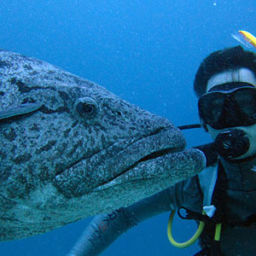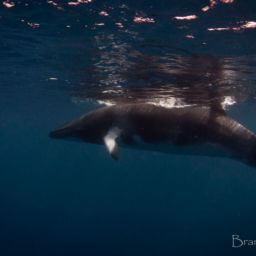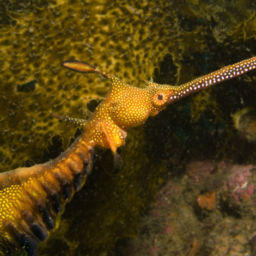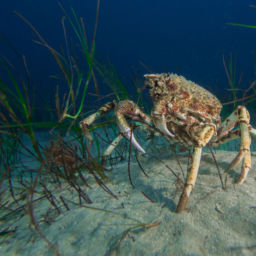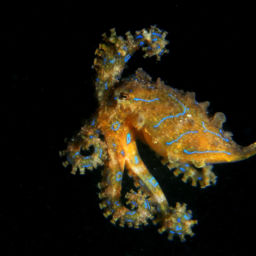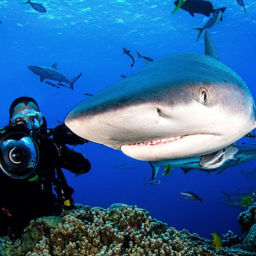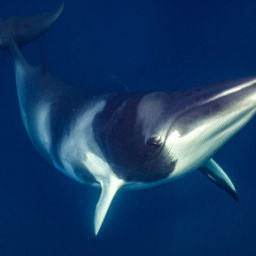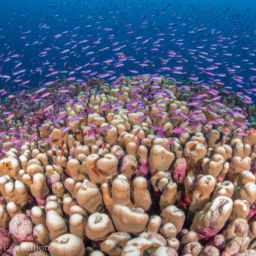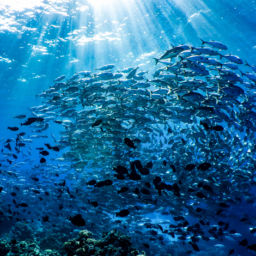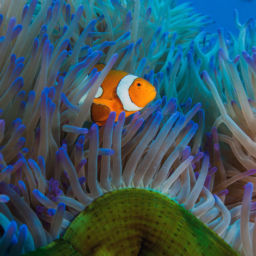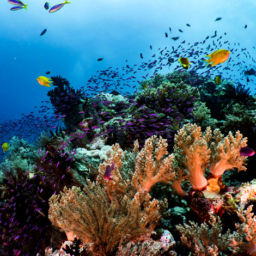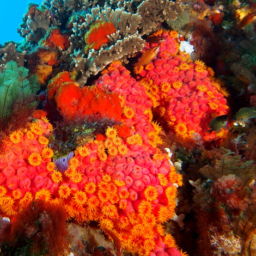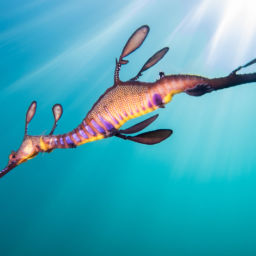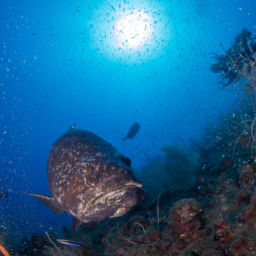Larger than the area of the UK, this organic mass stretches over 1600 miles along Australia’s north eastern coast and includes 900 islands with nearly 3000 individual reefs. It also generates 4 billion dollars (AUD) worth of tourism for Australia with well over 2 million visitors each year.
There are over 1500 species of fish and dozens of species of whales, dolphins, and porpoises recorded in the area of the Great Barrier Reef. Multiple species of sea snakes and turtles, nine different seahorses and of course the fear-inducing saltwater crocodile also call this massive ecosystem home. With an area this large, it could be daunting to try and find the best place to dive. The short answer is that there really isn’t a bad place to dive, and the best place really depends on what you’re looking for. Let’s highlight some of the greatest hits of The Great Barrier Reef.
Split Bommie
This gorgeous and shallow wall dive is perfect for novice divers and snorkelers alike. With the abundance of giant clams, coral gardens, and creatures hidden in the multitude of cracks and crevices, experienced divers will also be delighted. The nearby Cathedral has some fun swim-throughs as well. Added bonus – all are accessible by day trip.
Bait Reef
Without a doubt, Bait Reef is one of the top dive spots on the Great Barrier Reef and making it even more appealing, it’s easily accessible with a day trip. From graceful mantas to the peaceful turtles, the walls, gardens, and swim-throughs abundant on Bait Reef present a range of undersea habitat to photograph and explore. Much of the reef is shallow enough for the non-divers as well.
Heron Island
If you’re staying on Heron Island then this spectacular spot is just 15 minutes from the beach. It has over 20 dive sites packed with green and loggerhead turtles, octopus, anemones, and sharks. Snorkeling or diving puts you face to face with these and more in an area that could take you weeks to fully explore.
Lady Elliot Island
Another day trip location, Lady Elliot is home to gorgeous lagoons for snorkeling, and dive sites just offshore with mantas, countless large fish, gorgonian fans, and sharks. Around 52 ft down, slightly adventurous divers can swim through the blowhole, a small cavern with two entrances – one on the side, and one on the top.
SS Yongala
The wreck of the SS Yongala harbors the massive Queensland grouper, predatory lionfish, rays, sea snakes, and batfish. If you look around a bit more, you’ll likely find nudibranchs, shrimp, and anemones with clownfish residents, as well as some treasures still scattered around the century old wreck. This extremely well preserved steamer rests on her side at 90 feet and is considered one of the top dives in the world.
Ribbon Reefs
These ten reefs are home to some of the best diving the GBR has to offer and are also only accessible by liveaboards. From the infamous volume and diversity of Challenger Bay to the giant, eight foot long potato cod of Cod Hole, the Ribbon Reefs have treasures for every diver skill and interest. The mesmerizing Vertical Gardens are full of soft, colorful coral that sway in response to the rhythms of the ocean, and at the Snake Pit you will drop into the midst of curious olive sea snakes who seem to seek out the camera lens. Walls, caves, canyons, and shallow gardens are filled with tuna, octopus, morays, and anemones making this subsection of the GBR the highlight of any liveaboard trip. Visit at the right time, and you might get to dive with minke whales, too. These smaller whales seem to enjoy hanging out with divers.
Osprey Reef
Last but certainly not least, Osprey Reef is where the action is. Dramatic, plunging walls and expansive visibility make this site perfect for viewing large pelagics as well as managing keeping the macro hunter busy. It might be a little much for novice divers due to depth and occasional currents, though. Close encounters of the shark kind keep the more adventurous divers busy at North Horn where operators generally stage their shark feedings and shark dives. Hammerheads, white tips, and silvertips are the most common toothy visitors, but they don’t always steal the stage from the potato cod, mantas, and tuna.
Best Time to Visit
I’m going to go out on a limb here and say that any time is a good time at the Great Barrier Reef. Year-round air temps fluctuate between 60-90F and water temps have a 10 degree variation from 75F-85F. However, depending on the type of weather, water conditions, and marine life you want to see, some months may be better than others. So here are some key points during the year:
- January – April the weather is a little wetter but the marine action is the best – if you’re interested in baby fish, this is the time to come.
- April – October is the best time to see manta rays.
- In June and July, the smaller and very curious Minke whales make an appearance on the Ribbon Reefs.
- August – October is the best time to see humpbacks passing through.
- October – November the waters are alive with coral spawning activities.
Topside
It’s Australia, so we can’t neglect the land activities. If you’re going to fly all the way down under, then you must explore some of the out-of-water interests as well. There really is a little of everything here, from cultural activities like opera to adventurous outings on world-class whitewater. You can take a camel ride in the outback, do some sand-boarding on the dunes, skip across the trees on a tree-top walk, cuddle koalas, or get into a kickboxing match with a ‘roo. (I don’t recommend that last one) Cairns has a lush landscape with rivers and waterfalls and the vineyards of Barossa Valley speak to many an oenophile. Helicopter or balloon rides, 4×4 safaris, walkabouts, surfing, hiking, sailing, or just relaxing on any one of the continent’s gorgeous beaches – whatever your particular interests are, you can indulge them somewhere in Australia.


